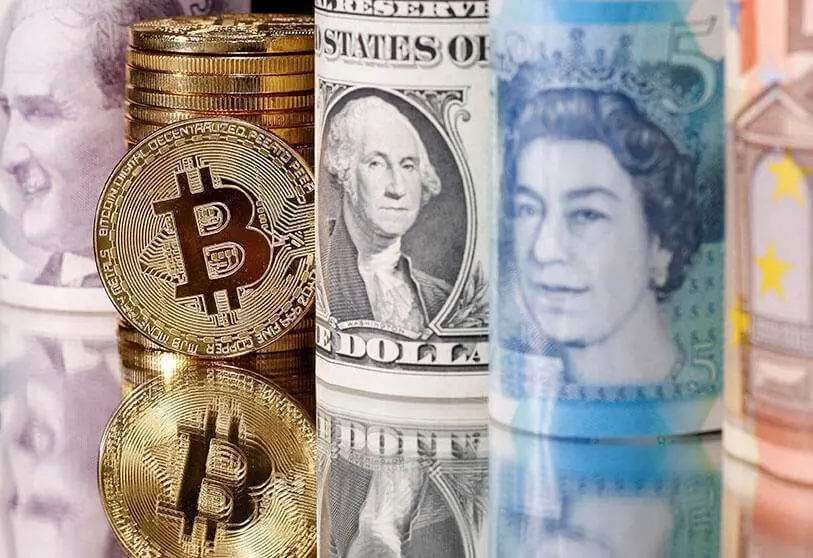The big short in official currencies

The price of gold has hit a new record high. At the middle of this week, the yellow metal reached a price of 1.960 USD/oz, which was well above the previous high of around 1.900 USD/oz, seen at the beginning of September 2011. Also, the price of silver has gone up substantially. Although still well below its all-time high of close to 50 USD/oz, as seen in April 2011, the price of silver, now trading close to 25 USD/oz, has nearly doubled since its depressed level seen in March 2020.
While you may well say that "the prices of gold and silver are on the rise", it would actually be more meaningful to state that "the purchasing power of official currencies vis-à-vis gold and silver is on the decline", because this is what a rising price of gold and silver in, say US dollar, euro, Chinese renminbi, Japanese yen or Swiss franc, stands for: The higher the prices of these precious metals, the lower the exchange value of official currencies.
It is not only rising prices of precious metals that indicate official currencies‘ loss of purchasing power. Basically, all other goods prices rise as well, most notably asset prices: The prices of stocks, bonds, housing, and real estate go up as well. This means that you can buy fewer and fewer stocks, bonds, and houses with a given official currencies unit. From this perspective, you can rightfully conclude that a true and broad-based debasement is going on as far as the world’s major official currencies are concerned.
Of course, this is not what most people would wish for, as they prefer to hold a kind of money that doesn’t go down in value; money that actually preserves its purchasing power over time, that certainly does not depreciate over time. Unfortunately, however, central banks have been debasing their official currencies over the last decades. To make things worse, the monetary debasement has gathered speed due to the consequences of the politically dictated lockdown crisis.
Central banks around the world print up ever greater amounts of money to make up for lost incomes and profits, in particular in the United States of America and Europe. The rise in the quantity of money will, as an economic law, cause the exchange value of the money unit to go down – either in absolute terms or in relative terms (that is by keeping money prices at a higher level when compared to a situation in which the quantity of money had not been increased).
It is against this background that the rise of goods prices in terms of official currencies can be made sense of: Due to central banks‘ monetary policies for debasing the purchasing power of official currencies people increasingly seek to hold assets such as, say, stocks, and housing that are considered to be ‘inflation protected’. The rising prices for these assets benefit those holding these assets, but they are expressive of a loss of wealth for those holding money.
In a world in which central banks have pushed market interest rates to zero, which also contributes to asset price inflation, there are good reasons for the savvy investor to keep his or her liquid means in gold and silver rather than stick to official currencies – be it in the form of cash or bank deposits. The value of gold and silver cannot be debased by central bank policies, and these precious metals do not carry a credit- or payment default risk.
That said, there is good reason to go short official currencies. In practical terms, this means that one is well advised to keep money holdings to a (transaction purpose related) minimum; to live up the harsh reality that official currencies cannot serve as store of value; and that holding physical gold and silver is one effective possibility to counter the effects stemming from central banks‘ inflationary policies which, and unfortunately so, are unlikely to end anytime soon.
No doubt, the prices of gold and silver have gone up quite significantly in a relatively short period. As a result, investors should not be too surprised if and when a setback kicks in. However, central banks‘ ongoing inflationary monetary policies provide strong support for the outlook that the underlying price trend for precious metal will continue to point upwards.
In particular for long-term oriented investors, gold and silver should be considered not only as liquid but also as risk-reducing and return-enhancing components for the asset portfolio; especially so in times of an unfolding big short in official currencies.

